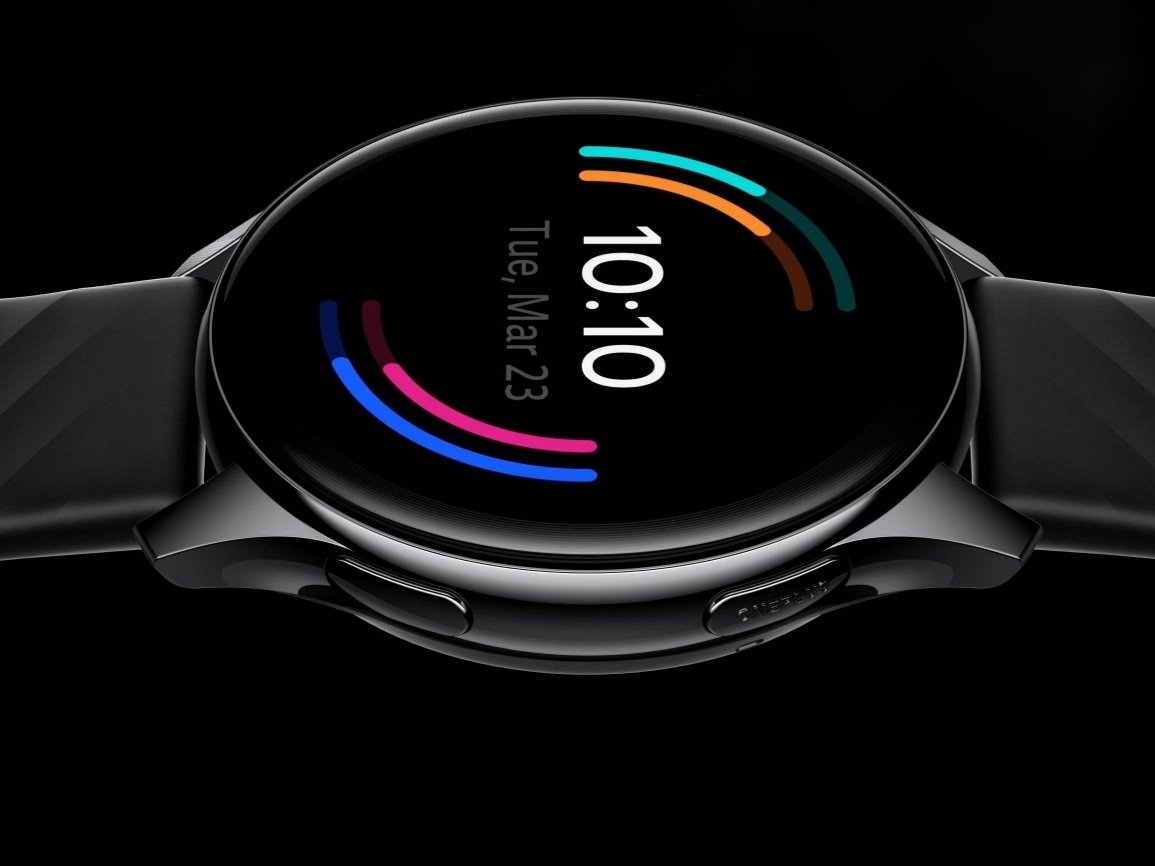This is why the OnePlus Watch doesn't run Wear OS or have always-on display

What you need to know
- OnePlus posted an faq regarding the upcoming OnePlus Watch.
- The company explains why it didn't choose Wear OS and why the watch doesn't feature an always-on-display.
- The OnePlus Watch will go on sale starting April 15th for $159.
The OnePlus 9 and OnePlus 9 Pro are just days away, and many can't wait to get their hands on the devices. The OnePlus Watch is also on the way, gunning for a spot as one of the best cheap Android smartwatches, although it will be a couple more weeks before it goes on sale. OnePlus decided to take this opportunity to explain some of its choices regarding the watch.
One of the main points that the company is making is that the focus for this wearable is battery life, something that CEO Pete Lau has echoed in the past and is now being emphasized again. The post explains that both Wear OS and RTOS were weighed against each other, but the latter won out due to its battery efficiency:
The one thing we unanimously seemed to agree upon is that having to charge our smartwatch daily really affected our experience. If we forgot to charge it overnight, a few minutes of charging before we head out just isn't enough and the battery dies later in the day. After extensive user research, we received further validation that battery life could make or break the user's experience with their smartwatch.
It makes sense that Wear OS would lose out for this reason. Even the best Wear OS watches can last just a couple of days with active use, whereas OnePlus is claiming a week of battery life when used consistently and up to two weeks when used sparingly.
Unfortunately, these figures don't consider the OnePlus Watch's always-on-display because it turns out there isn't one. Apparently, the company is looking into adding this feature in a future update but wants to examine how this will affect the already stellar battery life. There is a raise-to-wake feature, however, which may appease some potential buyers.
Furthermore, the post explains that the display can achieve more than 50fps, or nearly double that of most of the best Android smartwatches. Even with such a high refresh-rate, the OnePlus Watch battery life can be attributed in part to the three-chip solution, one of which is a low-power chip for the watch's various sensors. This way, the watch can continuously record health data and push it to the OnePlus Health app.
Other sections of the post go over design, specs, and some other features on the OnePlus Watch. It's definitely worth a read if you're curious about what the upcoming smartwatch will be capable of.
Get the latest news from Android Central, your trusted companion in the world of Android

Derrek is the managing editor of Android Central, helping to guide the site's editorial content and direction to reach and resonate with readers, old and new, who are just as passionate about tech as we are. He's been obsessed with mobile technology since he was 12, when he discovered the Nokia N90, and his love of flip phones and new form factors continues to this day. As a fitness enthusiast, he has always been curious about the intersection of tech and fitness. When he's not working, he's probably working out.
